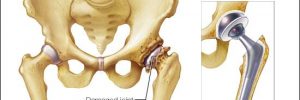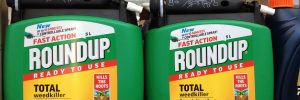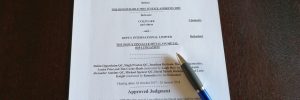
Patients seeking compensations claimed that the Pinnacle MoM hip was legally defective, without finding fault…

Patients seeking compensations claimed that the Pinnacle MoM hip was legally defective, without finding fault…

The settlement may mitigate the damage to Bayer reputation caused by prolonged legal arguments – and hopefully get compensation to those who have suffered before they die.

Depuy argued that consumers are not entitled to expect a level of safety that can not be achieved with any known technology – and since over

Patients seeking compensations claimed that the Pinnacle MoM hip was legally defective, without finding fault…

The Patient’s Experience When delivering product liability training we use case studies help develop people’s understanding of the law, showing how it applies in the real world of product design, manufacturing and marketing. My last post discussed the design and development of Depuy’s range of artificial hips, including the Pinnacle metal on metal (MoM) hip…. Read more »

Without alleging that Depuy had been negligent, they claimed the product was legally defective. So the Judge was asked to interpret and apply Part 1 of the Consumer Protection Act and the EU Product Liability Directive to this case, focusing on the question common to all the claims

dicial Precedents are examples from the past, that show how Judges have previously interpreted and applied the law in similar circumstances. So, to ensure that the law is applied in a consistent and predictable way, judges are required to consider relevant examples – or precedents – when forming their own Judgements.

Following the award of punitive damages against Monsanto we need to understand how to avoid similar penalties…

What happened? On 3 January 2018, a local bus crashed into and demolished a bus shelter on Flemming Way, when the driver lost control as they prepared to move away from the stop. More by luck than judgement, nobody was killed or seriously injured – but the incident provides a useful case study to explore… Read more »

Expert Witnesses are required to form an independent opinion based on the available evidence and must be competent to explain and justify their opinion in Court